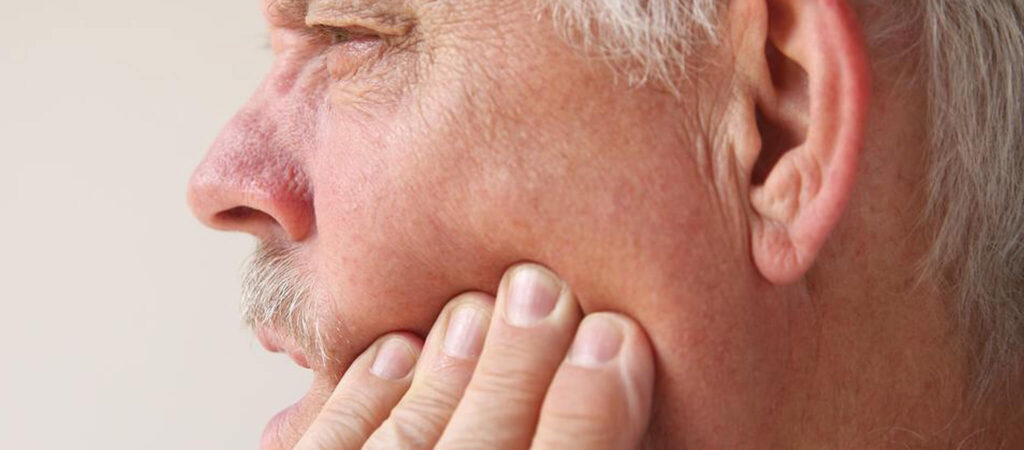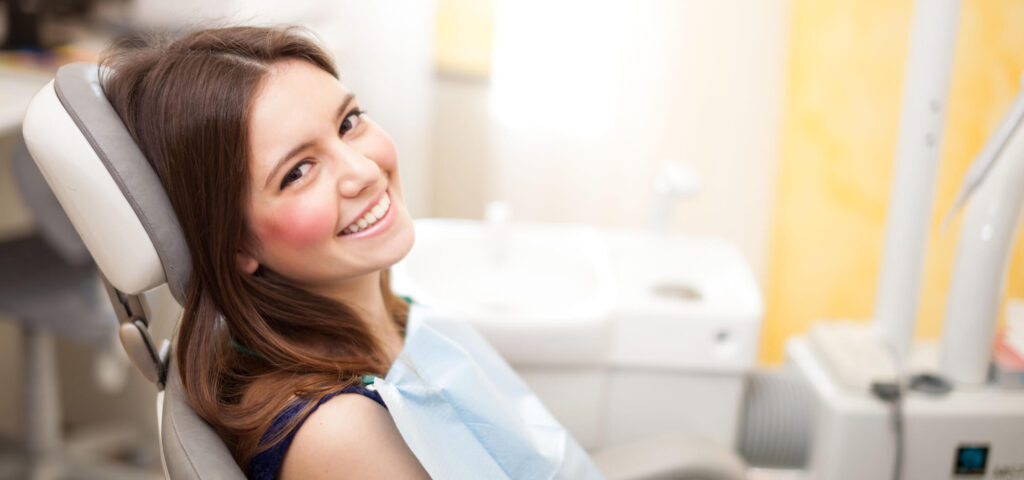Many parents wonder when their child should first see an orthodontist. While braces are often associated with teens, early orthodontic evaluations can help detect and prevent problems before they become more complex. Understanding the ideal timing for this first visit can ensure your child gets the best start toward a healthy, confident smile.
The Recommended Age for an Orthodontic Evaluation
The American Association of Orthodontists (AAO) recommends that children have their first orthodontic evaluation by the age of 7. At this age, most children have a mix of baby and permanent teeth, which allows orthodontists to identify developing problems such as misaligned bites, crowding, or jaw growth issues.
Even though your child may not need braces at this age, an early evaluation provides valuable insight into their oral development. It gives orthodontists the opportunity to monitor growth patterns and recommend the best timing for treatment if needed.
Why Age 7 Matters
By age 7, children’s mouths are at a unique developmental stage:
- The first molars have typically erupted, establishing the back bite.
- The front teeth have started to emerge, allowing the orthodontist to evaluate alignment, spacing, and bite.
- Issues like crossbites, crowding, overbites, and underbites become more apparent.
Early identification of these concerns allows orthodontists to plan proactive treatment strategies that may prevent more extensive work later.
Benefits of Early Orthodontic Evaluations
While not all children will need immediate orthodontic treatment, an early evaluation can offer several advantages:
- Interceptive treatment options – In some cases, early orthodontic appliances like expanders or limited braces may guide jaw growth and prevent more severe problems later.
- Reduced need for tooth extraction – By addressing crowding or jaw growth early, your child may avoid future removal of permanent teeth.
- Shorter and less invasive treatment later – Early monitoring can lead to a more efficient and streamlined treatment during the teen years.
- Improved oral habits – Orthodontists can help correct issues like thumb-sucking, mouth breathing, or tongue thrusting before they cause long-term damage.
What to Expect at the First Evaluation
A first orthodontic visit is informative, gentle, and tailored to your child’s needs. Here’s what typically happens:
Review of Dental and Medical History
The orthodontist will discuss your child’s health background and any current dental concerns.
Digital X-Rays and Photos
These images help evaluate tooth positioning, jaw growth, and the presence of developing permanent teeth.
Oral Exam
The orthodontist will examine your child’s bite, jaw alignment, and dental spacing.
Treatment Plan (if needed)
You’ll receive a professional recommendation. If no treatment is necessary yet, your child may be scheduled for periodic growth monitoring.
Common Issues Identified During Early Evaluations
Some orthodontic issues are easier to correct when caught early. During an evaluation, orthodontists often check for:
- Crowded or overlapping teeth
- Excessive spacing between teeth
- Protruding front teeth (overjet)
- Crossbites (when upper teeth sit inside lower teeth)
- Underbites and overbites
- Abnormal jaw growth or asymmetry
- Habits affecting development, such as thumb-sucking or tongue posture
Addressing these problems early can lead to better long-term results and minimize the need for complex treatment later.
Is My Child Too Young for Braces?
Not necessarily. While full braces are usually placed between ages 11–14, some children benefit from Phase I orthodontic treatment—a limited, early intervention focused on jaw development or guiding permanent teeth into place. This might include a palatal expander, partial braces, or other appliances.
Your child’s orthodontist will determine if early treatment is necessary or if it’s best to wait.
Building Confidence With a Healthy Smile
Beyond oral health, orthodontics can impact your child’s self-esteem. Correcting bite problems or noticeable dental issues can help children feel more confident about their appearance and speech. A beautiful smile also contributes to lifelong dental health and function.
Schedule Your Child’s First Orthodontic Visit Today
At Greater Northwest Orthodontics, we believe in creating positive, educational experiences for young patients and their families. Our team offers expert evaluations in a friendly, kid-focused environment and custom treatment plans for every stage of development.
Schedule a consultation to learn more. We’re here to guide you through every step toward a healthier smile.






